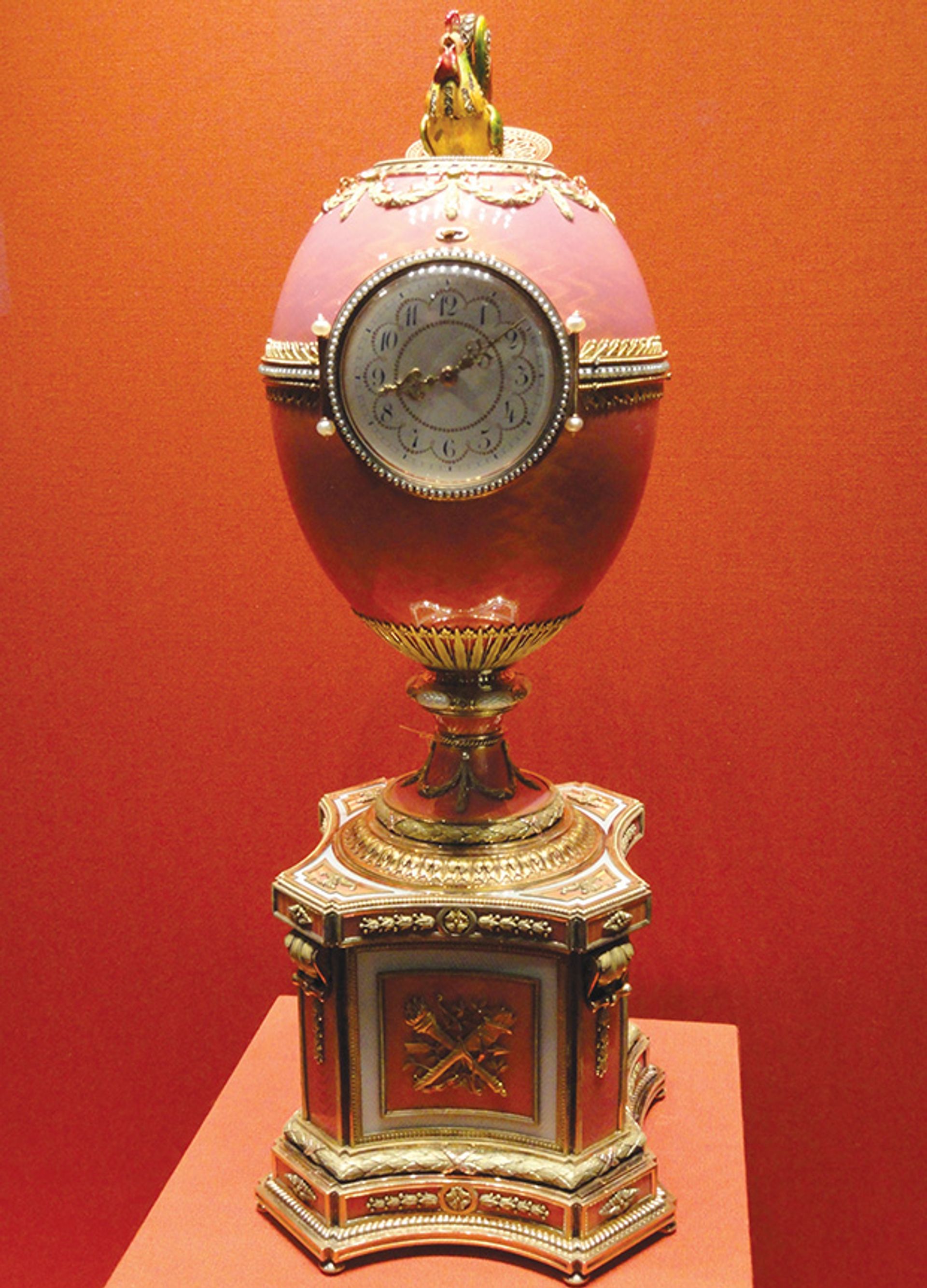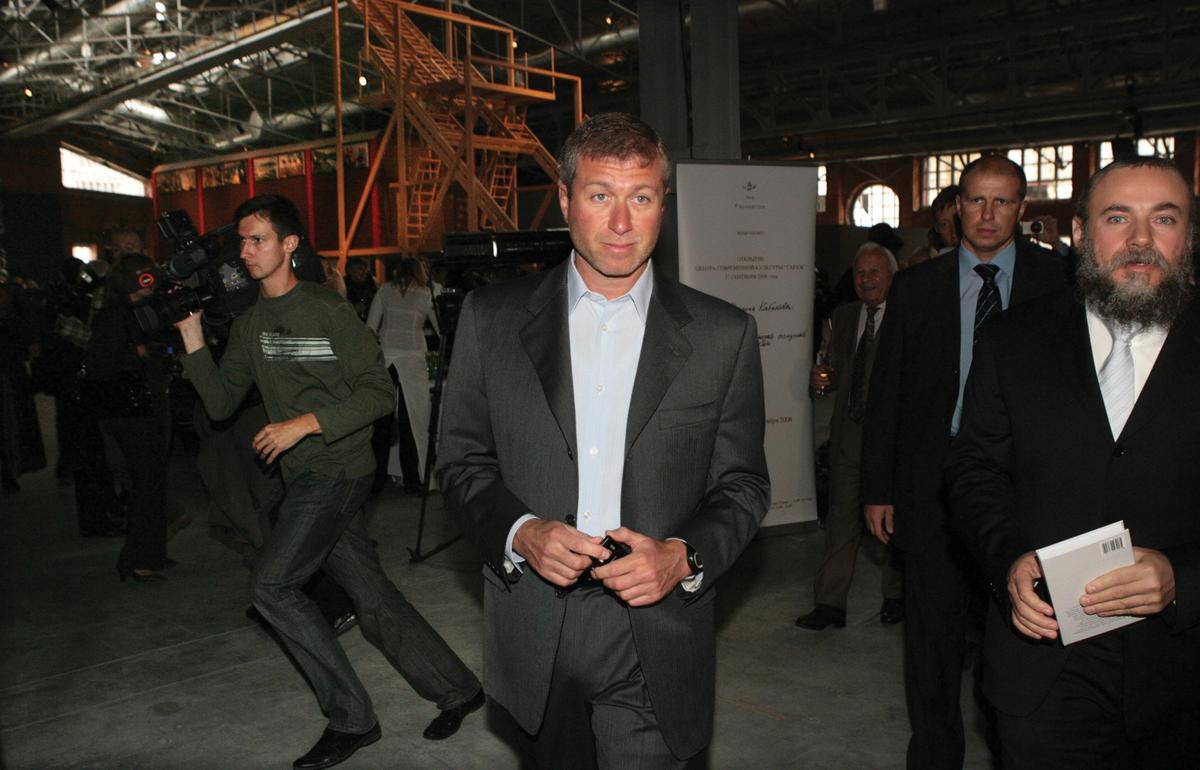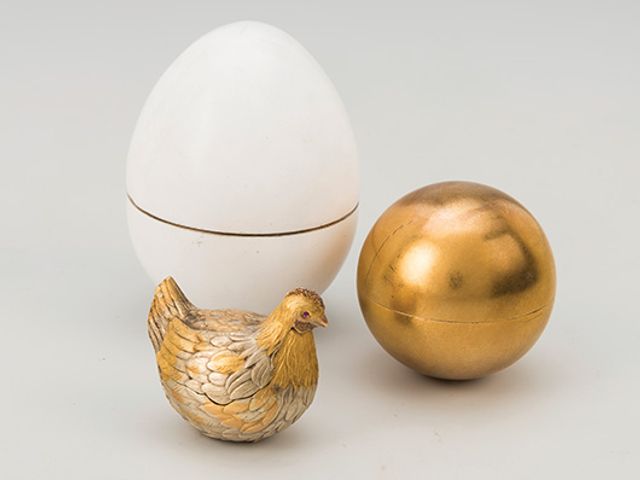The term used to be routinely muttered by in-the-know art worlders at the VIP previews of big-ticket auctions, exhibitions and fairs. The “right” kind of people spent huge amounts of money on art and, in recent decades, quite a few of them were Russians. But now, as the world looks on in horror at what is happening in Ukraine, some of the art trade’s most prominent mega-clients have been included in the lengthening lists of wealthy Russians facing sanctions in the West.
Most prominent of all is the London-based billionaire Roman Abramovich, who in 2008 spent $120m in a week on works by Francis Bacon and Lucian Freud at auctions in New York.
Abramovich was an early inclusion in the list of individuals sanctioned by the UK government (whose ruling Conservative party has reputedly received £1.9m from donors with questionable connections to Russia) following the invasion of Ukraine. The official UK Government website now describes him as a “pro-Kremlin oligarch” who for decades has had a “close relationship” with Putin that has resulted in “preferential treatment and concessions”. Having constantly denied such accusations, Abramovich now also features on the EU’s sanctions list. His assets have been frozen and he cannot himself benefit from the sale of Chelsea FC for a reported total of 4.25bn.
Like Abramovich, Petr Aven, the co-founder of Russia’s Alfa-Bank, now features on UK and EU sanction lists. In 2017 Aven and his high-security mansion in Surrey were the subject of an “At Home with the FT” feature in the Financial Times. His Nicky Haslam-designed interiors are lined with museum-quality paintings by the likes of Kandinsky, Goncharova and Larionov. The garden is a sculpture park, providing a lead photo op for Aven, leaning against the 1951 Henry Moore bronze Reclining Figure, bought at Christie’s in 2012 for £19.1m. “I’m tempted by the connections between 20th-century Italian, German and Russian art, melded by the forces of totalitarianism,” Aven told the FT.
Other regimes
The UK has also for years been the destination-of-choice for “suspicious and illicit wealth”, most notably from Russia, but also from Ukraine, China, Nigeria, Azerbaijan and Kazakhstan, according to Transparency International UK (TIUK). The organisation says that, since 2016, some £1.5bn of “questionable funds” have been invested in UK property by Russians accused of corruption or having links to the Kremlin. TIUK has also identified £82bn of Russian funds diverted from “rigged procurement, bribery, embezzlement and the unlawful acquisition of state assets” into companies registered in the UK and its overseas tax havens. Though “Londongrad” has had a well-documented role as a laundry for grubby money, there are no detailed figures on how much has been spent on art by Russians and, it should be said, Ukrainian billionaires who have settled in the city, encouraged by the UK’s controversial “golden visa” scheme. But there has been plenty of anecdotal evidence in Britain’s wealth-transfixed media.
There is, of course, nothing new in the way that wealthy individuals throughout history have used art and its institutions to gain what Thorstein Veblen in his landmark 1899 socio-economic study, The Theory of the Leisured Class, identified as “reputability.”
But after years of art dealers, auctioneers, estate agents, accountants, lawyers, school bursars, interior decorators and many others making plenty of money out of them, those deemed to have been supporters or beneficiaries of the Putin regime are now the “wrong” kind of people. At the same time, wealthy Russians in Europe and North America who haven’t been placed on sanction lists have been quick to signal their abhorrence of the “conflict” (if not the “war” or “invasion,” which are now treasonable terms back in Russia).
On 3 March, Phillips, owned by the Russian luxury goods entrepreneurs and art collectors Leonid Fridlyand and Leonid Strunin (who are not subject to any sanctions), donated all $7.7m of fees from its $40m evening sale of 20th-century and contemporary art in London to the Ukrainian Red Cross Society. Bidding appeared to be little affected by calls to boycott the Russian-owned auction house, urged by Bonhams’s former chief executive, Matthew Girling, and others.
Sotheby’s and Ketterer Kunst among auction houses to ban some Russian buyers
The art trade is now alive with the sound of empty stables being shut. Once-lucrative specialist sales of Russian art have been cancelled. Leading dealers and auction houses stress the rigour of their Anti Money Laundering (AML) and Know Your Client (KYC) procedures. State-of-the-art software is used to check clients against sanctions lists, registers of politically exposed individuals and adverse media reports, and to identify known associates.

A Russian oligarch may have given this Fabergé clock he bought for £9m to Vladimir Putin Damien
The problem is unknown associates. One of the star exhibits of the Victoria & Albert Museum’s current Fabergé in London: Romance to Revolution exhibition, for instance, is the 1902 Rothschild clock egg. This typically OTT item of Tsarist frippery was bought at Christie’s in 2007 by the Russian businessman Alexander Ivanov for £9m. Eight years later, it entered the collection of the State Hermitage Museum in St Petersburg, a “gift from the President of the Russian Federation Vladimir Putin”, according to the museum’s website.
Though AML and KYC screening have become a lot more sophisticated since 2007, it can still be circumvented. Boris Rotenberg, a friend of Putin and the co-founder, with his brother Arkady, of Russia’s SMP Bank, is on the UK government’s sanction list. In 2014 Rotenberg was also on the US government’s equivalent. The Panama Papers investigation subsequently revealed that companies connected to the Rotenbergs bought more than $18m worth of art through auction and private transactions after those US sanctions had been imposed.
But would wealthy Russians want to buy an illiquid, confiscatable asset like art at a time when other high-value physical assets, such as yachts, are being targeted and impounded by sanctioning authorities?
Discreet dispersal
Dealers and auction house specialists, speaking off the record, report little activity from their Russian clients. If there are going to be fire sales, these are most likely to be discreet private dispersals, they think, ideally conducted in the no-questions-asked anonymity of a freeport.
It has been a huge shock to the system, but the brutality of Russia’s invasion of Ukraine has forced the art world to question the rightness of doing business with some of its most valued international buyers. Similar questions might be asked about some of its other ethically challenging clients.
On 12 March, the Saudi Arabian authorities conducted a mass execution of 81 prisoners, a month before their national pavilion opened at this year’s Venice Biennale. The country’s crown prince, Mohammed Bin Salman, bought Leonardo’s Salvator Mundi for a record $450m at Christie’s in 2017. The following year he approved the horrific assassination of the journalist Jamal Khashoggi, according to a report published in 2021 by the US security services.
Saudi Arabia is using “government-funded events with celebrities, artists and athletes to whitewash its poor human rights record and deflect efforts to hold its leadership accountable for these abuses,” says Human Rights Watch.
“Cash is king,” the seven-times world Formula One motor racing champion Lewis Hamilton said in a 2020 press conference, describing the moral compass of F1’s global calendar, which this March included a second Saudi Arabian Grand Prix. The art trade has become similarly expansionist without, at least until now, looking too much at any compass.
Hong Kong has become the international art world’s second most important trading hub, even as China tightens its authoritarian grip over the territory and continues to systematically persecute its Uyghur minority. In March the last remaining British judges resigned from Hong Kong’s Court of Final Appeal, saying that they did not want to appear to endorse “an administration which has departed from values of political freedom, and freedom of expression”. Meanwhile, the delayed 2022 edition of Art Basel in Hong Kong is due to take place in May, and Sotheby’s, Christie’s and Phillips continue to hold busy auction schedules there.
W.H. Auden wrote that making a work of art is a political act. Now the art trade is having to learn that buying and selling the stuff is a political act too.




